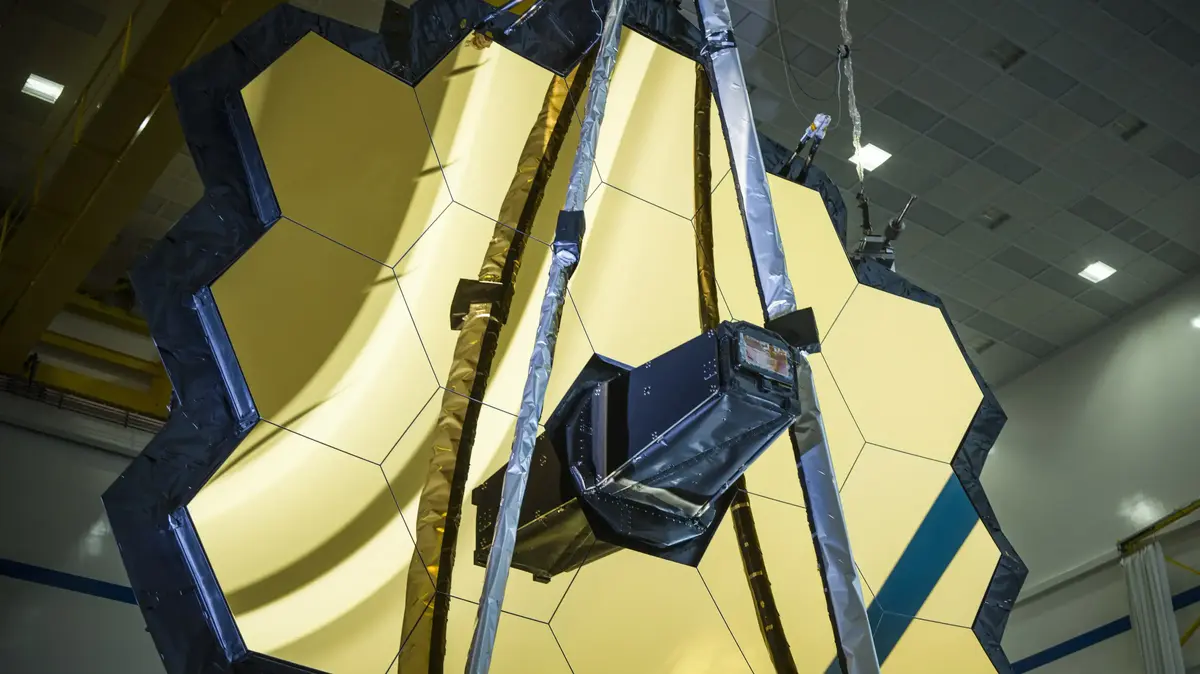Destructive supernova explosion (Photo: NASA, ESA, CSA, DD Milisavljevic (Purdue), T. Temim (Princeton), I. De Looze (Ghent University). Image Processing: J. DePasquale (STScI))
Spacescope James Webb continues to explore and document the mysteries of the universe, and this time he brings us images of remnants from a devastating supernova explosion.
The image, which is stunning in its beauty even from a simple visual point of view, contains in the upper part an emission of the stellar material that was "blown" by the supernova, with orange and red bands showing the dust of the stars that are still hot, according to the NASA announcement. The material emitted by the exploding star, pushed into the peripheral clouds of gas and dust, creating heat in them that causes them to glow. The pink chains in the center of the image are remnants of the star that ended its life. These contain emissions of heavy substances such as oxygen, phosphorus and argon, which the star fused nuclear before exploding.
In video: NASA released first images from the James Webb Space Telescope (NASA)
The remnants of the supernova, known as Cassiopeia-A within the Cassiopeia system, 11,000 light-years away from us, formed 340 years ago as far as we are concerned here on Earth - making Cassiopeia-A, or Cas-A for short, one of the youngest supernova clouds.
Such an event can help scientists better understand what happens when a star ends its life.
As science already knows, the material ejected and dispersed during a super nova explosion becomes the building blocks of the next generation of stars and planets.
About 4.6 billion years ago, a similar process created the sun and the stars in our solar system, and eventually, in a long process, also resulted in our creation, the human race.
But the original building materials were provided by the processes within our galaxy.
"Cas-A represents our best opportunity to look at the fallout field of an exploded star, and perform a sort of stellar 'post-mortem' to understand what kind of star was there and how it ended its life," says Danny Milasvik, of Purdue University in Indiana, who leads the program This study is under the Webb Space Telescope program, in a NASA announcement from last Friday. The continuation of Cass-A research will allow researchers to better understand the formation of galaxies, alongside spectacular images like the one of the star that ended its life.
technology
Tags
James Webb

